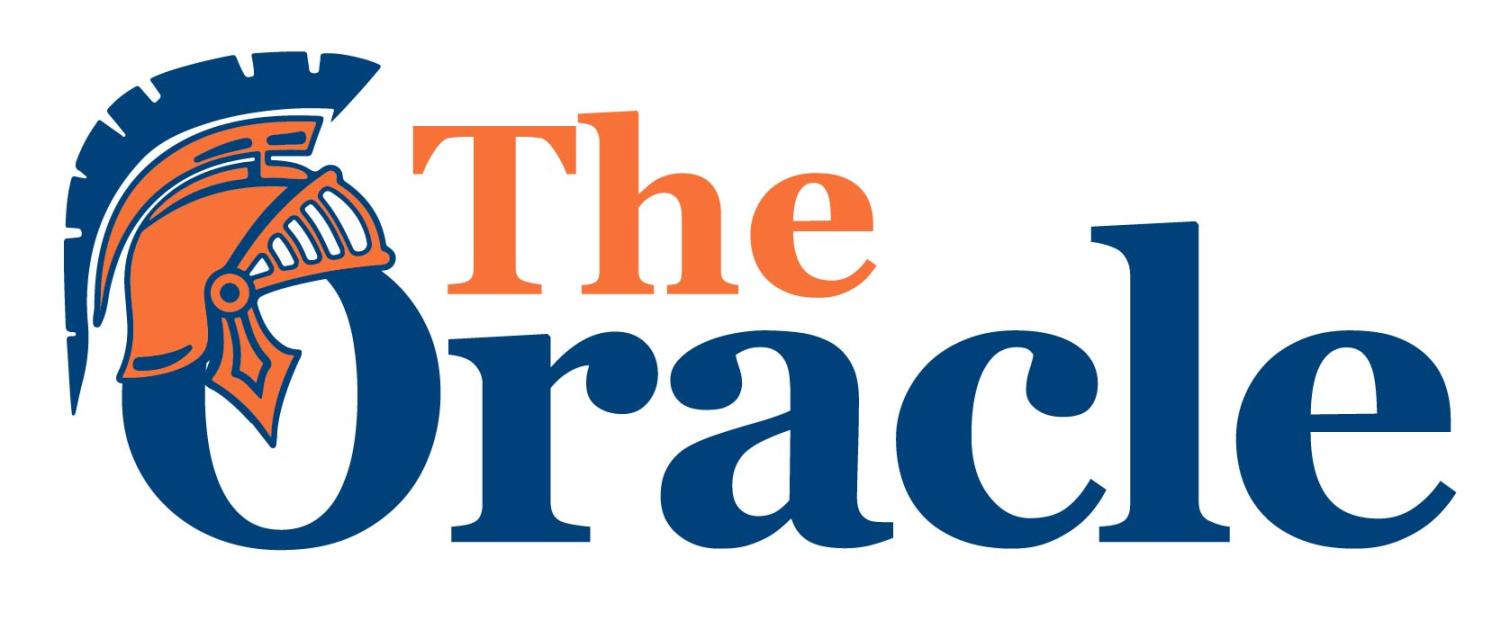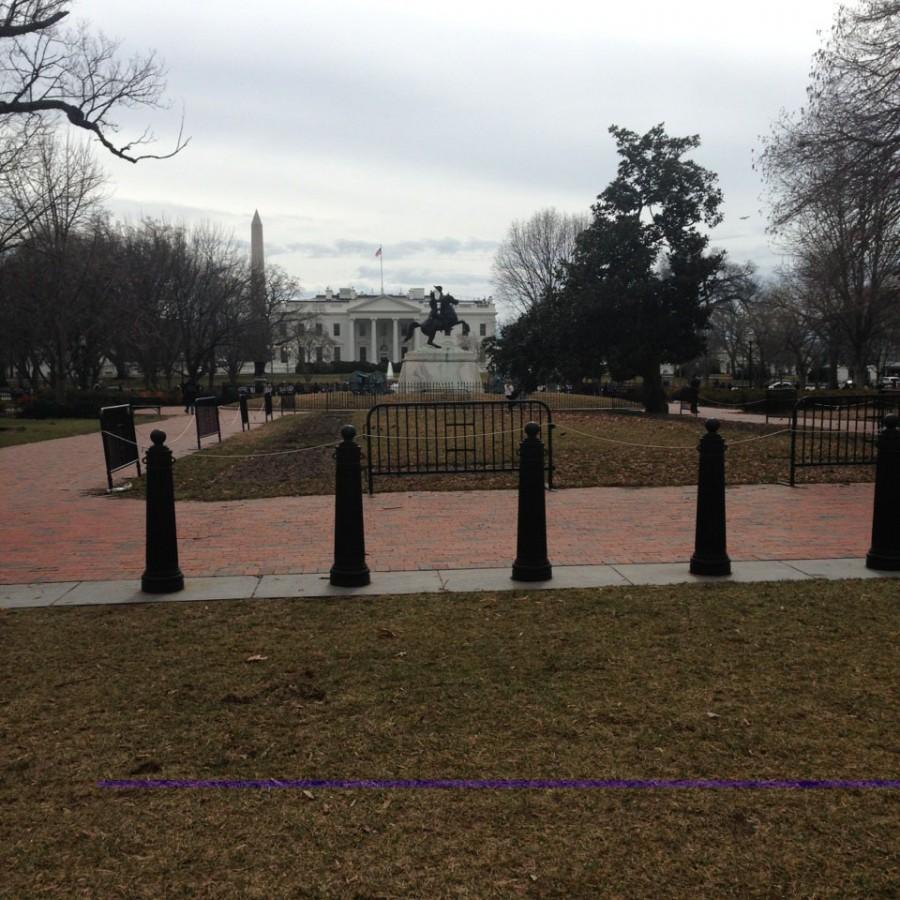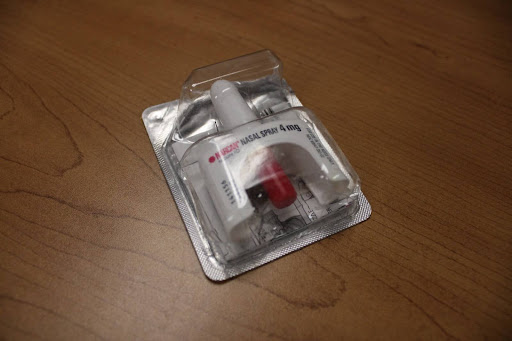Applied History students are skipping school for all the right reasons.
In December, 33 students in Mr. Heintz’s applied history class had the opportunity to sign up for internships at historical sites around DC and Virginia. Representatives from many of these sites came to speak to the students about the positions at the end of second quarter, then students wrote their top three preferred intern locations on index cards to turn into Mr. Heintz.
“I think most people got their first choice,” said senior Jack Dunphy.
After spending the first semester reading documents, completing interviews and other primary source analysis projects, the students were finally ready to leave the classroom during seventh period to apply these skills to volunteer work. In selecting their top three preferred positions, students had to consider whether they wanted to spend the majority of their time doing research and preservation work or have a more immersive experience through costumed interpretation.
“I chose to work at [the White House Historical Association] because I really didn’t know anything about the White House or DC,” said senior Nicole Efford. “I wanted to take the class because I love history. I like to be surrounded by it, and see it come to life.”
As the only WS student and one of only two teen interns at the site, Efford has spent most of her time at the internship researching the history of the White House and the Presidents who lived here during their time in office.
“The Association’s building is right next to the White House, so it’s in the heart of DC. We work with children a lot, and right now we’re preparing for an open house on March 14,” said Efford.
Other applied history students have also focused on research in preparation for events. Senior Jack Dunphy interns at the Fairfax Railroad Museum alongside senior Alli Harris.
“We’re researching a lot about the Civil War time period and how the train was affected by the War,”said Dunphy. “The museum curator has given us a list of places to go for information, so we’ve been to places like the Library of Congress and the VA Room.”
Dunphy chose to take applied history to further his interest in the subject and make a decision about his college and career path.
“I was always interested in history, and I wanted to get a feel for what it’s like to do this kind of research and work as a historian,” said Dunphy.
In addition to improving students’ research and writing skills, internships have allowed students to communicate directly with local organizations and practice budgeting their time wisely. After the students were assigned to the internship location of their choice, and connected to the site manager by Mr. Heintz, it was entirely up to them to initiate the orientation process and coordinate a schedule.
“We started with a tour of the museum, but we didn’t really get any training with research. It’s frustrating sometimes because you don’t always find new info, but it’s still early on in the internship. We’re [eventually ] going to make three or four videos about areas of the train track,” said Dunphy.
In order to earn an “A” in applied history for second semester, students must log 100 hours of volunteer time. If they cannot make this commitment, they can still secure a “B” by clocking in 80 hours. For some students, sports and transportation played major roles in their choice of internship.
“Theoretically, this was my first choice because of its location and my schedule,” said senior Elaine Stewart, who chose to intern at Manassas National Battlefield. “I can go straight from school to the internship then to [crew] practice since the Battlefield is so close to the river.”
Stewart volunteers at the Battlefield with senior Kyra Beckman, a fellow rower.
“[When we started,] we did a two day orientation and had a short walking tour, met all the rangers, then took a driving tour of Manassas,” said Stewart. “[Now] We go through letters and documents from soldiers then transcribe them. We’re trying to complete family research and eventually make soldier profiles that can be given to teachers as packets.”
Stewart and Beckman’s work is a prime example of the impact applied history students can make on the local community. The packets they compile are designed for middle school-aged students for daily classroom use. Like many of her classmates, Stewart has come to enjoy her work at the historical site and looks forward to volunteering.
“You start to learn about individual soldiers’ stories and it’s really cool to see where they come from and why they’re fighting,” said Stewart.




![According to the FCPS Restorative Justice Brochure, restorative justice comes with seven primary goals. Part of building the welcoming community comes through the class circle process. “It’s voluntary and everything that is said there is confidential,” said counselor Monica Hayes. “It’s the beginning of those [strong] relationships [in the community].”](https://theoracleonline.org/wp-content/uploads/2024/04/unnamed-28.png)



